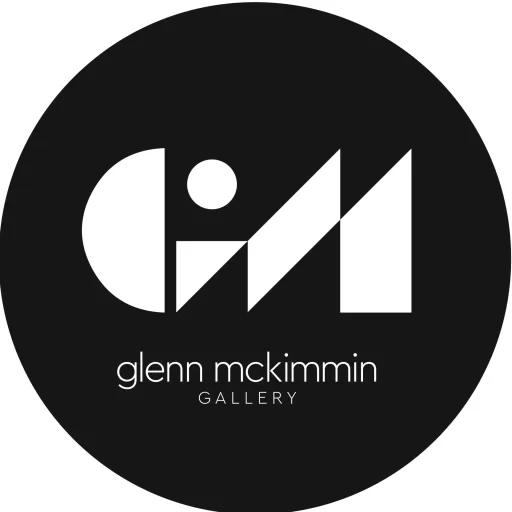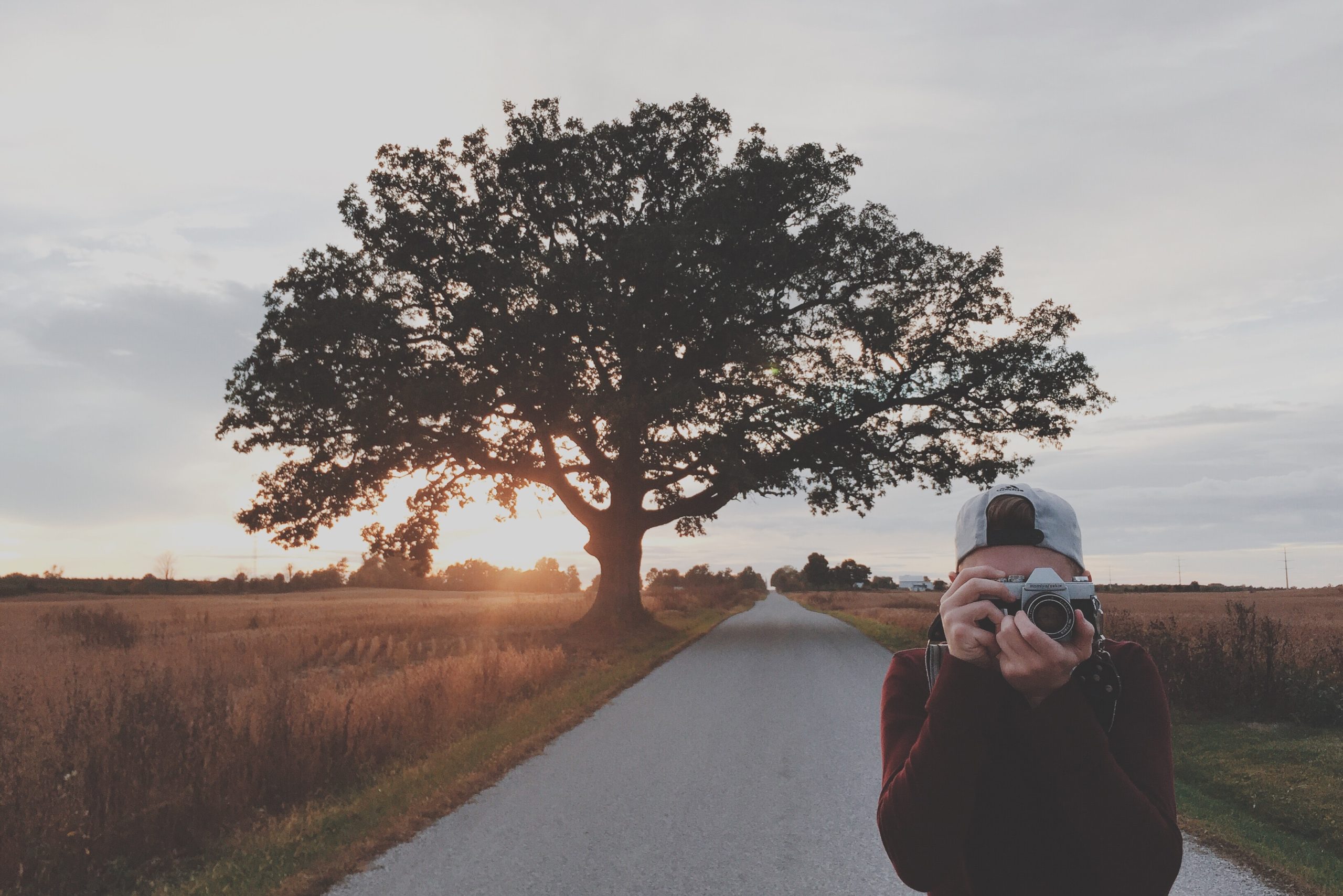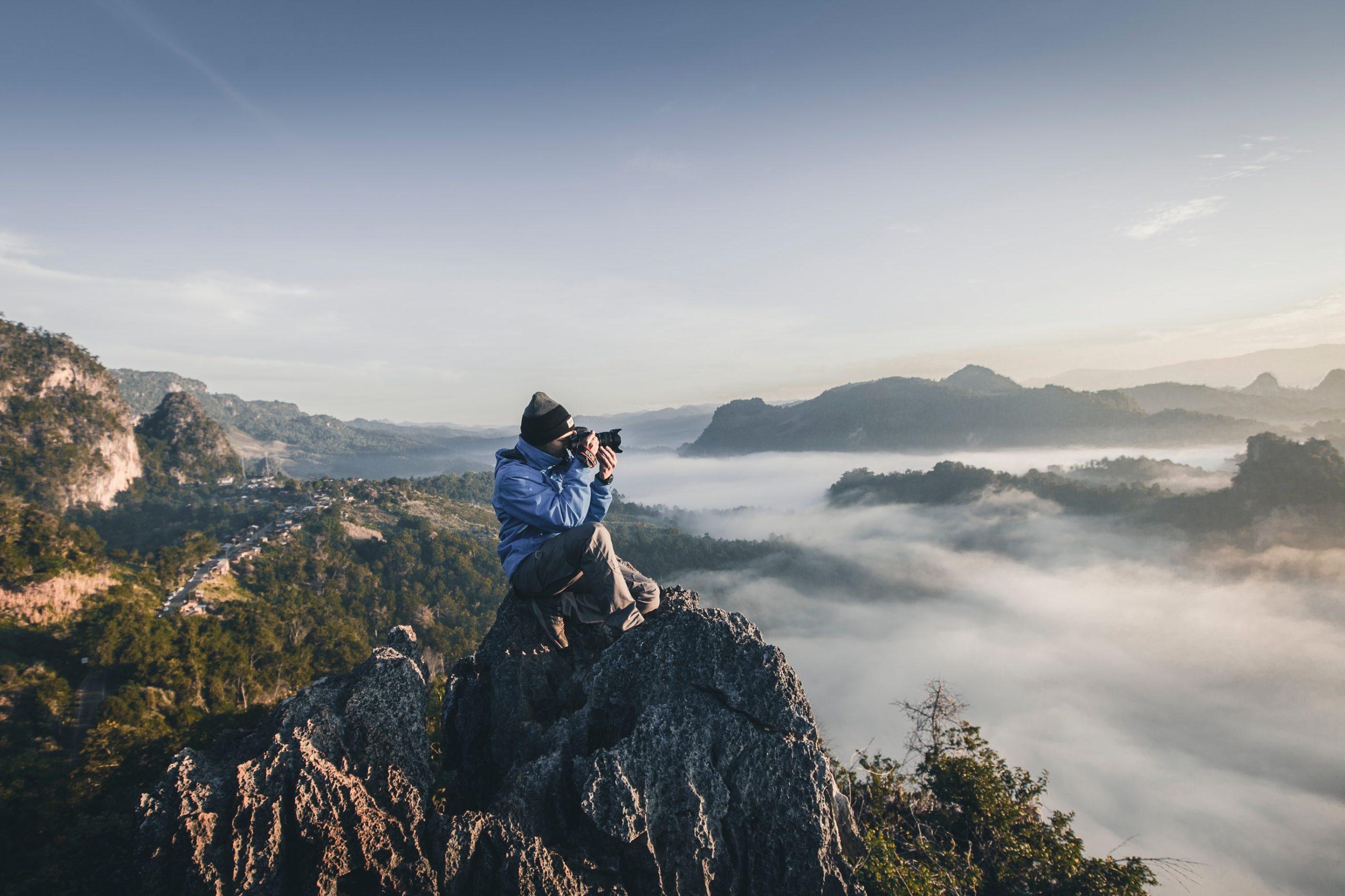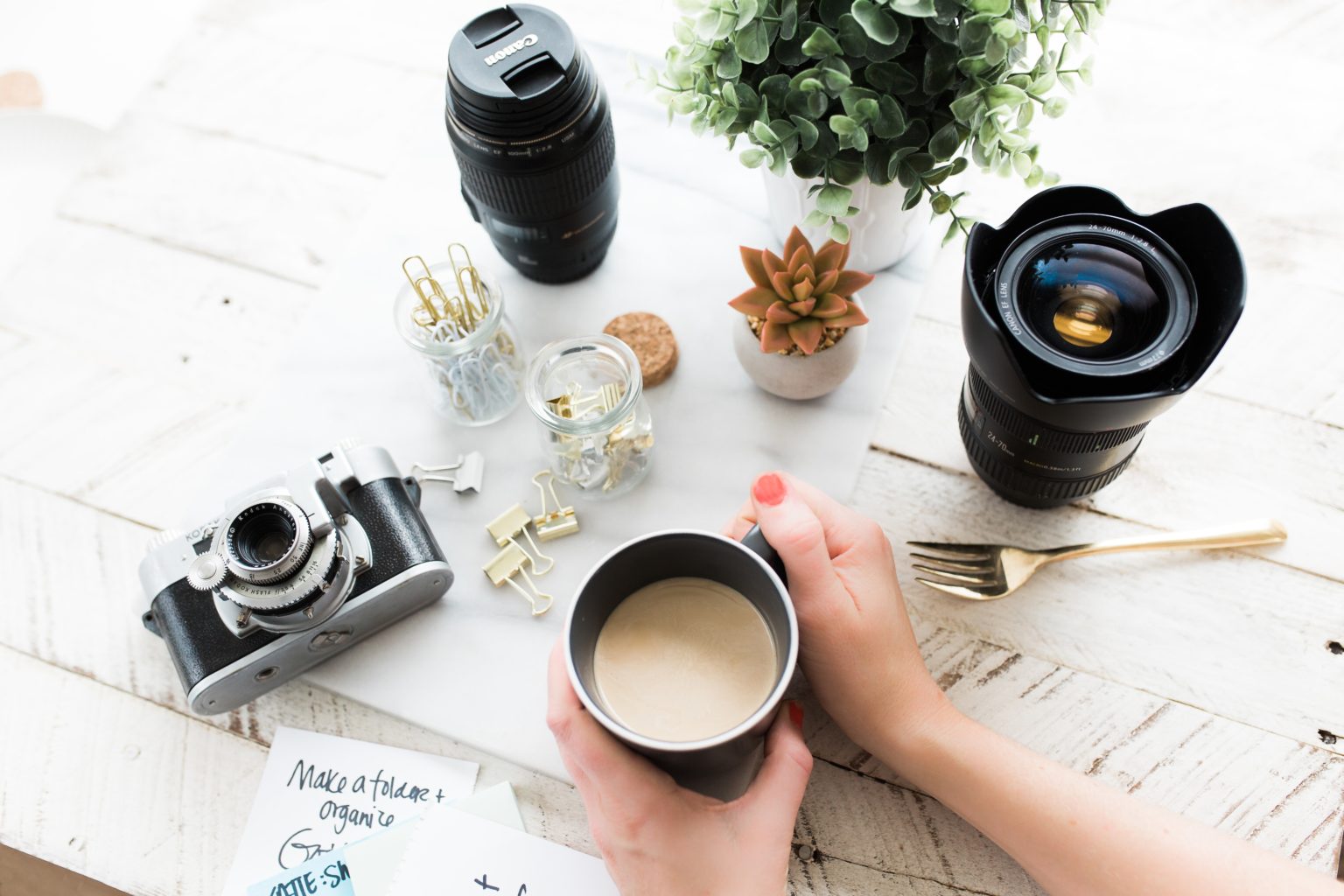
5 Tips To Transform Your Amateur Photography From Hobby To Profession
Do you enjoy taking photos? Are you always the official selfie taker? Reckon you’ve got an “eye” for a good shot? Do friends and family regularly compliment your photos, insisting: “You could charge for that, you know!”. Welcome to the great divide between being a happy hobbyist photographer and pursuing the career of a professional photographer. You may need a little advice getting from A to B, and that’s where I can help…
Every professional started somewhere as a rookie; a time when they made many mistakes, published their art to an audience of zero, and constantly doubted their abilities. Look at me for example – I started out training in PR (!) and if you told me back then where I’d be right now (running several photography-inspired businesses, founding Australia’s biggest photography conference in Sydney, and hosting a solo exhibition at the Ken Duncan Gallery) – I’d have called you a bloody liar!
But that’s exactly the sum of it – the path from amateur to seasoned professional is never completed overnight and always filled with hurdles. I’ve walked that path myself and now I want to share with all beginner photographers five excellent pieces of advice that I wish someone had shared with me fifteen years ago when I started taking my work seriously. Follow these tips and you can learn how to position yourself correctly as a pro photographer…
TIP #1 – BUILD YOUR PROFESSIONAL PORTFOLIO
If you know you’re truly ready to become a professional photographer, that’s awesome! …But there’s one big problem – no one else knows that. So you need to get yourself out there and noticed. To do this job in a professional capacity you need to produce a finely curated portfolio of your best images. You should do this in advance, not leaving it to the last minute before a meeting, conference or important opportunity. Your photography portfolio should exist in both a digital version (possibly a website) and a printed version to approach potential employers with for freelance work, competitions, exhibition space, or even pitching to publications. Your portfolio should reflect your body of work and progression as a photographic artist, so don’t be shy to include experimental work or one of your earliest images. Ask an honest friend to take a look through your choice of images and check that everything flows, as it’s important to tell a story through your images to capture the attention of whoever has the pleasure of viewing your portfolio. And guys – don’t forget to update your portfolio after new projects! Keep it fresh, like I try to with mine
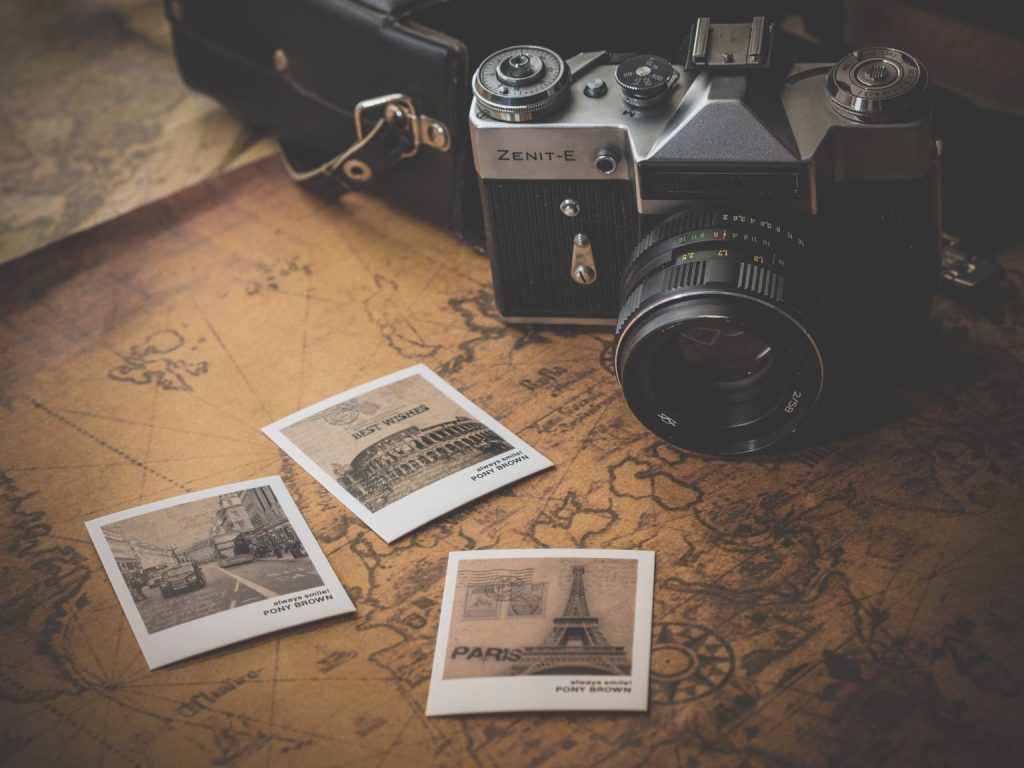
TIP #2 – DON’T SKIMP ON PRINT QUALITY
In addition to building a powerful portfolio of your best images, I recommend paying particular care and attention to the print quality of your photographs – especially the ink and paper used. Whether preparing your portfolio, or printing and framing your original photograph for an exhibition or display, you should consider having your photos professionally printed. The pros can ensure your photograph is printed using high quality ink, they will seal it correctly in a frame, and may suggest using shatterproof, high grade acrylic to minimise UV damage and reflection. Recognise that this small expense not only showcases your attention to detail, but it could be the very point of difference you need to stand out and land a job opportunity.
TIP #3 – PROMOTE YOUR PHOTOS ON INSTAGRAM
This booming social media platform is designed to promote and share visual art – an amazing chance for today’s photographers to gain recognition for their work! Although I acknowledge this platform is also highly saturated with amateur photographers, so it can be extremely difficult to stand out (even if you’re a talented photographer). Despite the competition, creating an Instagram account and trying your best to grow an online presence can only be beneficial for your future career. Often employers will look beyond your portfolio to see what else you have published, so serving up a smartly curated photographic feed with a large following is sure to impress and proves there is public admiration for your images. My best advice is to keep your account simple and focused on the art of photography and your specialism within it (wildlife, landscape, portrait, drone?). Maintain a page that is purely professional and separate from your personal life – no pictures of what you ate for dinner, Aunty Marge’s family bbq, or your wonderful fiancé.
TIP #4 – ATTEND A PHOTOGRAPHY EVENT AND MINGLE
It’s time to get serious about your art. Start broadening your options by learning a little more about the industry in a practical way – this means attending a photography seminar, securing tickets to a photography conference such as the annual Aperture Australia, or trying out a workshop to sharpen the weak points of your photographic skills. This may seem obvious, but one lesson a lot of amateur photographers fail to learn is that networking is a vital part of becoming a professional artist. You need to build connections EVERYWHERE to build your reputation anywhere. A successful photographer has undoubtedly put many hours into networking within their industry, constantly seeking collaborations, sponsorships and partnerships to make their projects work. Attending a photographic event is not only a valuable way to network, but I guarantee you will walk away a better photographer because of it. Get a bunch of artists in one room and that’s where all the big ideas take shape!
TIP #5 – TRY A PHOTO TOUR SOMEWHERE NEW
Go somewhere you’ve never visited before, with a group of strangers, armed with your camera. Trust me that in this environment, you will grow your photographic skills and test your limits beyond any level you could achieve practicing at home. This may be the push you need as an amateur photographer to reach your potential and produce some of your best work. The nicest thing about a photo tour (especially the awesome one’s I run each year) is the range of photographic abilities who are part of the journey – you may have an opportunity to teach others using your advanced skills, or you may meet a potential mentor who can help you. The reason I suggest this as a great tip to becoming a professional photographer is that you can learn, network, challenge yourself and inspire others in a short space of time. Your mind is behind the lens the entire trip, as everything important (flights, accommodation, connections, meals) are often planned on your behalf, unlike a general holiday abroad where your camera can be a distraction. On a quality photo tour, such as those offered by Fotoworkshops, you’re encouraged to spend time developing your camera skills and collecting incredible images to build a memorable portfolio. You are essentially taking part in a practical masterclass!
FINALLY, don’t forget to be realistic. The marketplace is oversaturated and there’s more online platforms available than ever to publish amateur photography, and unfortunately you’ve got to start as part of that mix. Once you decide to make the jump from average joe to pro, ensure you’re moving forward with realistic expectations, bucketloads of patience, and a great support.


